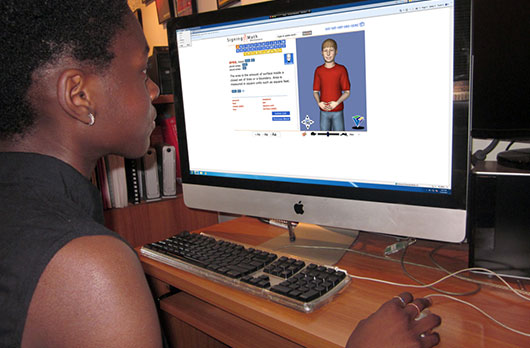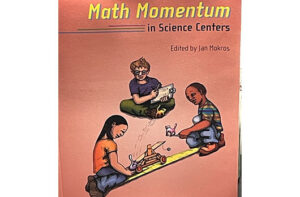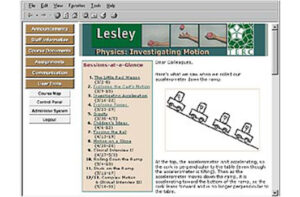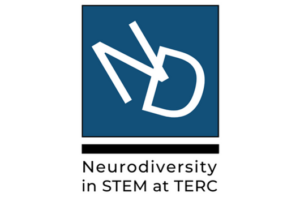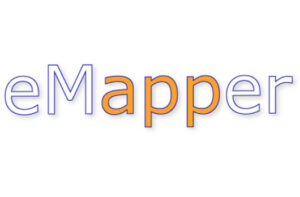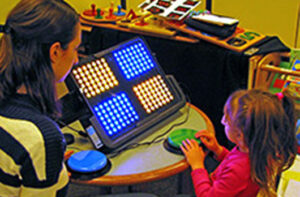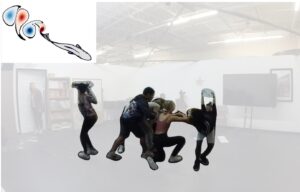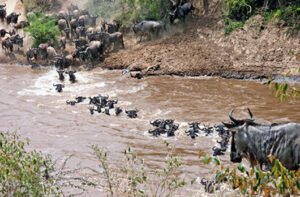Signing High School Science
Judy Vesel & Santiago, J. (Eds)
Journal on Technology and Persons with Disabilities, Annual International Technology and Persons with Disabilities Conference 2016. California State University, Northridge
Summary
This paper discusses evaluation research conducted by TERC, Inc. in classrooms with students in grades 9–12 who are deaf or hard of hearing and who communicate in sign language. The primary purpose was to begin to establish effectiveness in terms of the kinds of learning gains that are possible with use of Web and app versions of a Signing Life Science Dictionary and a Signing Physical Science Dictionary. A secondary purpose was to find out about usability, use of the universally designed interactive features, and teachers’ and students’ satisfaction with the dictionaries as assistive tools for accessing science content. Developed by TERC and Vcom3D, each dictionary includes approximately 750 standards-based science terms, definitions, and illustrations; each is intended to enable increased access to life science and physical science content through individualized use. While results of this research reflect the experiences of students who used the dictionaries and do not include comparison with a group that did not use them, the data strongly support the assertion that the signing dictionaries provide the intended audience with assistive tools that add value to their learning experience when used during science classes.


